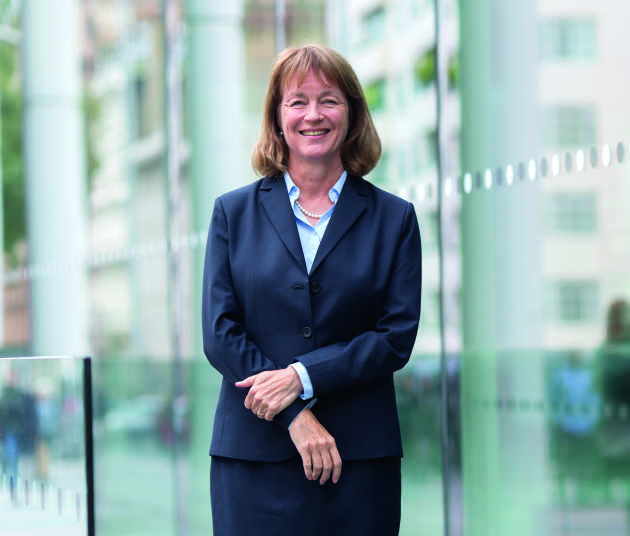From the president
Inspiring present, ambitious future
 I loved reading the Winter 2015–16 issue of Imperial magazine. The things our students and academics are doing inspire me and get my adrenalin flowing, as do the impressive work and accomplishments of our alumni. When I think of what is happening at Imperial, I think not only of what is happening here in London, but of all the great things Imperial academics, students and alumni are doing around the world.
I loved reading the Winter 2015–16 issue of Imperial magazine. The things our students and academics are doing inspire me and get my adrenalin flowing, as do the impressive work and accomplishments of our alumni. When I think of what is happening at Imperial, I think not only of what is happening here in London, but of all the great things Imperial academics, students and alumni are doing around the world.
In addition to the panoply of current discoveries, innovations, programmes and projects in these pages, there are harbingers of a great future. As the Imperial White City Campus takes form, we can start to see into the future more clearly than our time-travelling alumnus H.G. Wells could have ever imagined. We are defining the 21st-century academic campus through new partnerships, new areas of research and new experiences for students.
The near future is laid out in our Strategy 2015–2020. We will build on existing strengths, yet have the courage to explore new and uncharted areas. We begin with our strong foundations. We have world-class core disciplines in science, engineering, medicine and business that provide the fundamentals for great discovery. The Dyson School of Design Engineering (see page 7) has added a new core discipline to our roster. Our academics like Professor Chris Toumazou (see page 8) leverage our strength across disciplines to pursue multidisciplinary research and to deliver a vibrant research-led education.
Great discoveries begin with talented, confident academics, who are adept at collaborating and working on challenging problems. Talented support staff put their energy and passion into making these exciting things happen. Our bright and energetic students learn from these discoveries, both in the classroom and as active participants in our research.
Students like Clementine Chambon (see page 16), are integral to our mission. We enhance their experiences by embedding their education in cutting-edge research and providing increasing opportunities for them to use their talents in entrepreneurial, creative and practical ways. You can see from these pages just how entrepreneurial they are.
Dr Andreas Mogensen’s mission to the International Space Station (see page 12) has energised the College community. The knowledge, expertise and experience of alumni like Andreas is a great asset that adds to our environment of excellence. We want our alumni and friends to be even more active participants in defining our future.
We also recognise the power of partnership and we seek relationships throughout the world with peers in other universities, institutions, industries, governments and service organisations. The visit of President Xi Jinping of the People’s Republic of China (see page 13) demonstrated the depth of our collaborations with China. The work of Imperial scientists at CERN (see page 10) shows the great strengths we bring to the table, and the great things we accomplish when we collaborate.
Addressing global challenges is at the heart of our strategy. An article in this issue highlights one such challenge: superbugs (see page 30). The Superbug Zone at the 2015 Imperial Festival illustrated the way we work to educate the public and decisions makers, while rallying over 100 of our academics into the Antimicrobial Research Collaborative (ARC) to find solutions to this global crisis.
I hope that you will enjoy these inspiring stories from today and the ambitious plans for the future. Please let me know what you think by contacting me.
Professor Alice P Gast
President of Imperial College London and a chemical engineer. Before joining Imperial in September 2014, she spent eight years as President of Lehigh University. From 1985 to 2001 she taught and conducted research on surface and interfacial phenomena at Stanford University; she was Vice-President for Research and Associate Provost and Robert T. Haslam Chair in Chemical Engineering at the Massachusetts Institute of Technology from 2001 to 2006.


